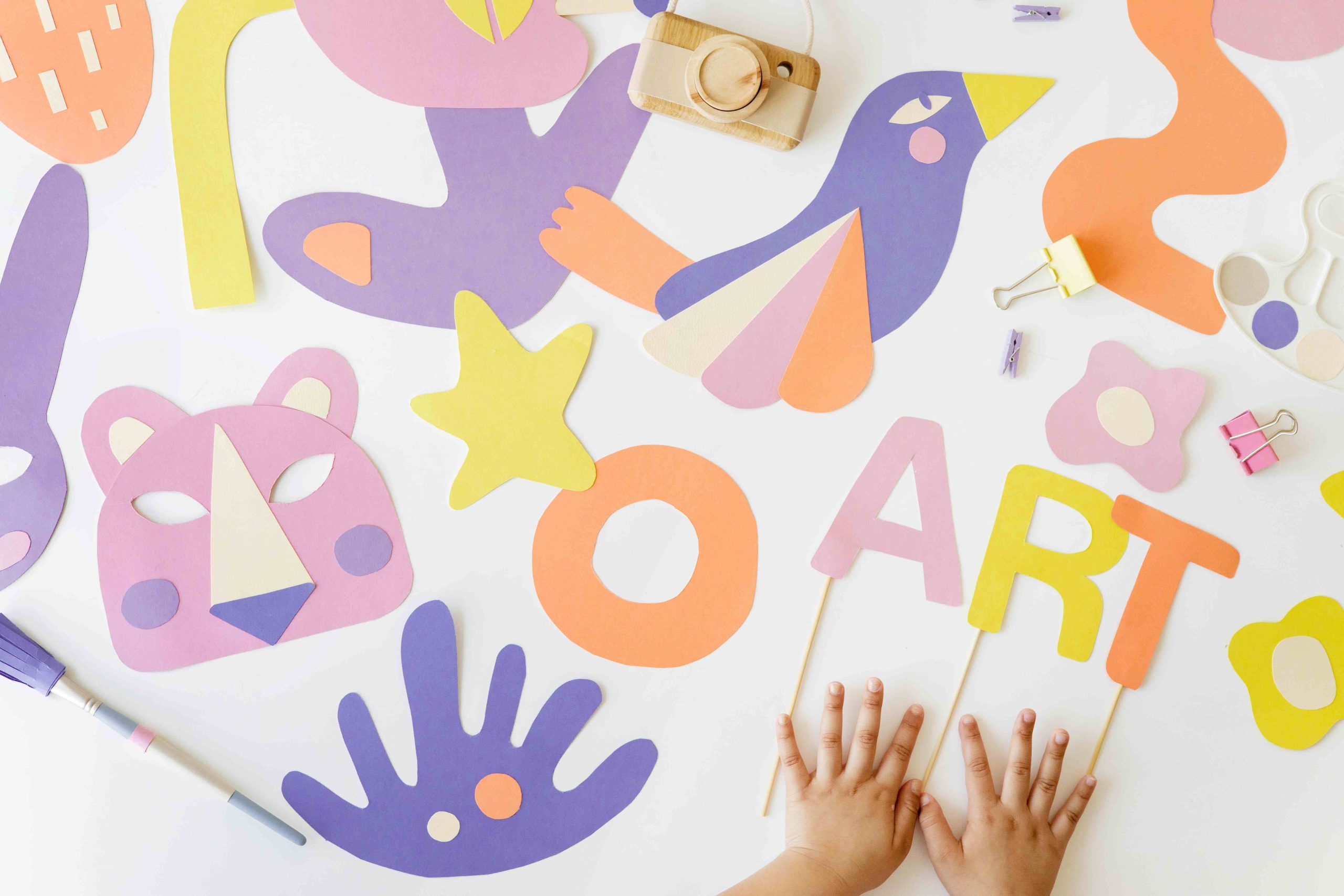
How Students Can Tell Their Story on the Class Bulletin Board: A Guide to Diversified Learning
Bulletin boards are a staple in classrooms. Teachers and students can communicate via these boards, representing lessons and activities visually. They’re not just functional; they can also celebrate the diversity of students and foster a sense of community. Let’s explore how students can share their narratives on the classroom bulletin board, supporting diversified learning.
Understanding Diversified Learning
Diversified learning recognizes that each learner is unique, with distinct skills and weaknesses. It acknowledges different learning styles and tailors educational materials accordingly. One approach is to employ various teaching methods such as visual aids, group work, and technology-based activities. Encouraging students to share their tales and learn from others’ experiences is also crucial.
Telling Your Story on the Class Bulletin Board
Sharing your story on the class bulletin board is an excellent way to contribute to diversified learning. It allows you to engage with your peers, enhancing your communication skills.
Here’s a step-by-step guide:
1. Choose a Topic: Select a topic that interests you and that you’d like to share with your classmates, whether it’s a personal experience, cultural tradition, or hobby.
2. Plan Your Display: Decide how to present your story on the bulletin board. Will you use pictures, text, or both? Aim for an engaging and informative display.
3. Gather Materials: Collect necessary materials like pictures, captions, and decorations.
4. Create Your Display: Assemble your display, employing creativity with colors, fonts, and styles.
5. Share Your Story: Once complete, present your story to your classmates, perhaps through a short presentation or Q&A session.
Celebrating Diversity on the Class Bulletin Board
The class bulletin board is a platform to celebrate student diversity, fostering inclusivity and mutual learning.
Here are some ideas:
1. Multicultural Displays: Highlight different cultures with pictures, flags, and traditional clothing.
2. Language Displays: Showcase various languages spoken in the class, including common phrases and greetings.
3. Celebrating Achievements: Recognize academic, sporting, or personal achievements of students.
4. Sharing Stories: Encourage students to share their experiences through displays or discussions.
Benefits of Using the Class Bulletin Board for Diversified Learning
Employing the class bulletin board for diversified learning offers several benefits:
1. Inclusion and Community Building: Celebrating diversity fosters a sense of belonging and understanding among students.
2. Student Engagement: Encouraging students to share their stories enhances their involvement in learning.
3. Communication Skills: Creating displays sharpens students’ communication abilities.
4. Creativity and Problem-Solving: Designing displays encourages creative thinking and problem-solving.
5. Teacher-Student Relationships: Fostering a supportive environment strengthens teacher-student relationships.
Using the class bulletin board facilitates inclusive and engaging learning environments, promoting skill development and positive relationships.
Choosing a Theme for the Bulletin Board
When selecting a theme, consider students’ interests and project goals. Themes should be broad yet specific, allowing diverse perspectives.
Themes could revolve around cultural traditions, social issues, or personal experiences. Clearly communicate the theme and provide guidance for the project.
Brainstorming and Planning
Students can brainstorm ideas individually or in groups, guided by prompts focusing on personal experiences, cultural backgrounds, or social issues.
Encourage creative thinking and effective planning to ensure visually appealing and informative displays.
Creating the Display
With a plan in place, students can create their displays. They should aim for clarity and engagement, using visuals and layout effectively.
Presenting and Sharing
Present displays through discussions, debates, or gallery walks. Foster a supportive environment for sharing and feedback.
Incorporating Diversity and Inclusion
Encourage students to explore personal experiences and social issues, promoting understanding and empathy.
Using Technology and Multimedia
Integrate technology and multimedia to enhance visual impact and engagement, ensuring accessibility for all students.
Reflecting and Evaluating
Encourage students to reflect on their experiences and evaluate project effectiveness, promoting critical thinking and growth.
The class bulletin board serves as a powerful tool for promoting diversified learning, fostering inclusivity, and creating engaging learning environments. By encouraging students to share their stories and celebrate diversity, teachers can cultivate positive relationships and support students’ holistic development.


